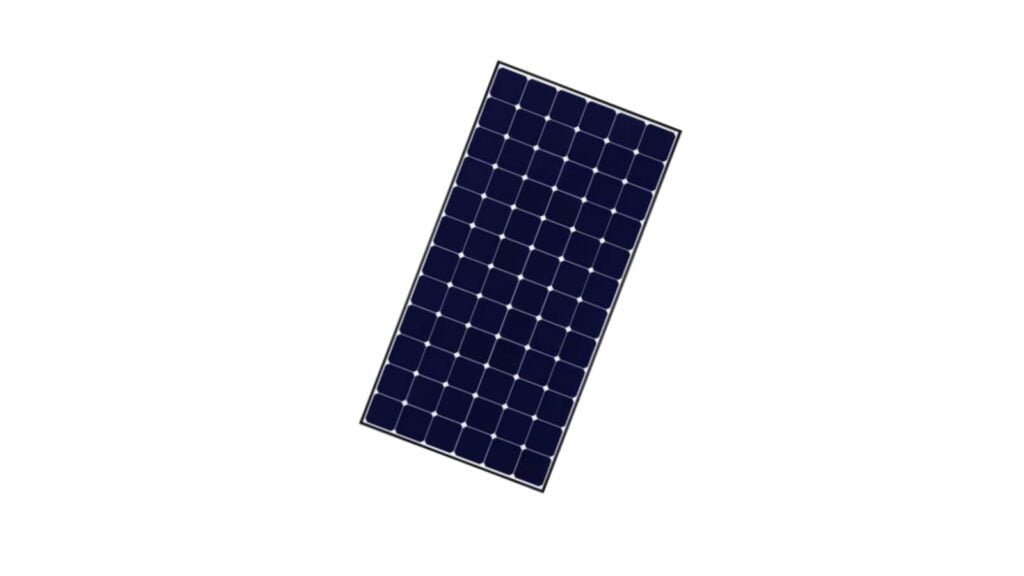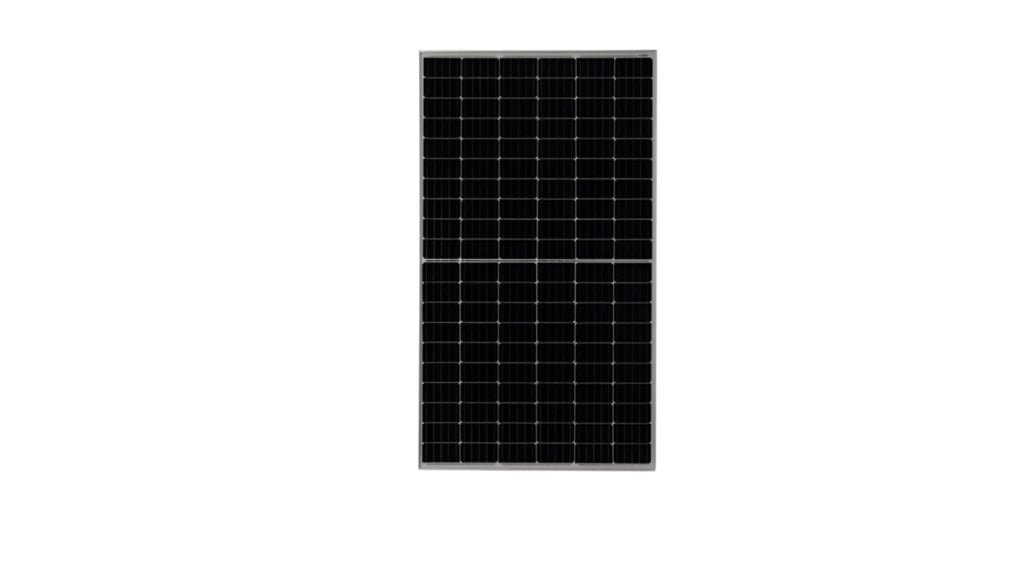Maximizing Solar Panel Efficiency in Winter
Maximizing Solar Panel Efficiency in Winter presents distinct obstacles in solar energy production. Reduced sunshine hours, colder temperatures, and snow buildup all have an impact on solar panel performance. However, with the appropriate tactics, you can optimize your solar energy system even in the colder months.

1. Keep Panels Clear of Snow
Snow can effectively block sunlight from reaching your panels. Regularly cleaning snow from the panels can help to reduce energy loss. To avoid scratching the surface, use a soft brush or a specially designed solar panel snow rake.
2. Optimize the Angle of Your Panels
Adjusting the slant of your solar panels might increase their exposure to sunshine throughout the winter. The sun is lower in the sky, so adjusting the angle of your panels to fit your latitude might help you capture more sunlight.
3. Invest in High-Quality Panels
Modern solar panels are intended to function effectively in low-light environments. Panels with a greater efficiency rating and better low-light performance can produce more electricity even on cloudy winter days.
4. Ensure Proper Maintenance
Dust and debris can build up on solar panels, lowering their effectiveness. Regular cleaning and maintenance ensure that your panels perform optimally. Winter is also an excellent time to inspect your property for ice or snow damage.
5. Use a Solar Panel Monitoring System
Monitoring systems provide real-time information on energy output. These tools assist you in identifying underperforming panels or system inefficiencies so that you can take corrective action as soon as possible.
6. Trim Nearby Trees
Winter sunshine is frequently limited, and shadowing from trees can further diminish the amount of light reaching your panels. Trimming branches that produce shadows on your panels will increase exposure and Maximizing Solar Panel Efficiency in Winter
7. Utilize a Backup System
When you pair your solar panels with a battery storage system, any excess energy generated during sunny periods is stored for later use on cloudy days or at night. This technique can also help to minimize winter production declines and maximize Solar Panel Efficiency in Winter
8. Take Advantage of Reflective Surfaces
The snow-covered ground can act as a natural reflector, allowing more sunlight to reach your panels. To optimize the impact, make sure your panels are suitably tilted.
9. Consider Micro-Inverters or Power Optimizers
Shading or partial snow cover can limit the overall output of a solar array. Using micro-inverters or power optimizers, each panel can run independently, reducing shading losses and maximizing Solar Panel Efficiency in Winter.
10. Leverage Energy-Efficient Practices
Maximizing the effectiveness of your solar panels also entails lowering energy use. Use energy-saving measures like LED lights, upgrade insulation, and schedule energy-intensive work during peak solar hours.
Beneficial Tips For Maximizing Solar Panel Efficiency in Winter
- Using energy-saving habits in the winter can benefit your solar system. Here are some helpful suggestions.
- Insulate your home. To help keep heat, insulate your walls and floors. It will lower energy consumption.
- Seal Leaks: Inspect and seal drafts around windows, doors, and other openings. It will reduce heat loss.
- Use electricity-efficient Appliances: Replace outdated appliances with new ones to save electricity.
- Maximize Natural Light: When there is sunlight, open your curtains and blinds. To maintain heat, close them at night.
- Regular Maintenance: Keep your heating systems and solar panels in good working order.
- Use Energy-Saving Lighting: Use LED bulbs to reduce energy use. They have maintained their energy level.
Conclusion
Maximizing Solar Panel Efficiency in Winter presents distinct obstacles in solar energy production. Reduced sunshine hours, colder temperatures, and snow buildup all have an impact on solar panel performance. However, with the appropriate tactics, you can optimize your solar energy system even in the colder months. Snow can effectively block sunlight from reaching your panels. Regularly cleaning snow from the panels can help to reduce energy loss. Modern solar panels are intended to function effectively in low-light environments. Panels with a greater efficiency rating and better low-light performance can produce more electricity even on cloudy winter days. Monitoring systems provide real-time information on energy output. These tools assist you in identifying underperforming panels or system inefficiencies so that you can take corrective action as soon as possible.
FAQs
Do solar panels work in winter?
Yes, solar panels function in the winter; they create power as long as there is sunlight, even if the temperatures are cold, and they can be more efficient in cooler locations than in hot ones.
Does snow damage solar panels?
Snow normally does not harm solar panels. Most panels are built to withstand the weight of snow. When snow melts, it commonly slides off its slick surface.
How does shading affect solar panels in winter?
Shading has a greater influence during the winter because the sun is lower in the sky. Make sure that no surrounding objects, such as trees or buildings, are casting shadows on your panels.
Do solar panels generate power during cloudy or snowy days?
Yes, solar panels can generate electricity on gloomy or snowy days, albeit at a lower efficiency. Panels can also capture light reflected off snow, which may improve performance marginally.
Should I remove snow from solar panels?
Yes, if safe, you can clear snow to increase efficiency. To avoid damaging the panels, use a nonabrasive implement such as a foam brush or a snow rake.
Can I store solar energy for winter use?
Yes, using battery storage devices allows you to store extra energy produced during sunny hours for later usage when production is reduced.


